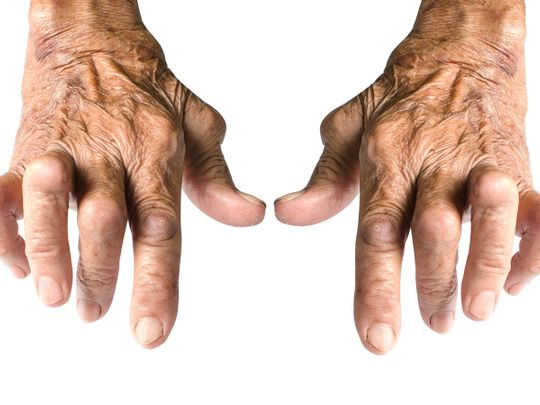
Imagine waking up and feeling a blunt ache in your joints. You turn over in bed and your bones hurt. Arthritis pain is quite prominent in the morning.Then you get up and try and stretch your body. That hurts too. Bending down to put your pants on, raising your arms to wear a t-shirt. All these little movements that cause discomfort. That’s what it’s like to have arthritis.

“There is no single cure for arthritis, and it is generally considered a lifelong disease”
The disease affects hundreds of millions of people worldwide. Dr. Badsha tells us more.
Many people think they might have arthritis, but for some reason they never discuss it with their doctors. They just assume that joint pain is a part of ageing that can’t be avoided, so they don’t bring it up, and as a result do not manage it properly.
So what exactly is arthritis?
Dr Badsha tells Gulf News in an interview that Arthritis is a chronic disease that is defined as inflammation of the joints. There are more than 100 different types of arthritis and it can affect one joint or multiple joints.
The science bit:
When two bones meet, there is usually a shock-absorbing cartilage that normally cushions them. Arthitis is when that cartilage does not function properly. Sometimes it swells and gets stiff, sometimes the synovial fluids runs dry. The fluid that’s around your cartilage. As a result, your bone is not able to function normally and they rub against eachother, causing you pain.

While the disease is seen most often in adults over the age of 65, it can also affect children, teenagers and babies as young as six months of age. Two of the most common types are osteoarthritis (OA) and rheumatoid arthritis (RA).
Worldwide, more than 50 million people are diagnosed with some form of arthritis, as well as one in five people in the UAE. While there are no UAE specific statistics, numbers from the Gulf region suggest that the prevalence is 20 per cent of the population.
How does Arthritis feel like?
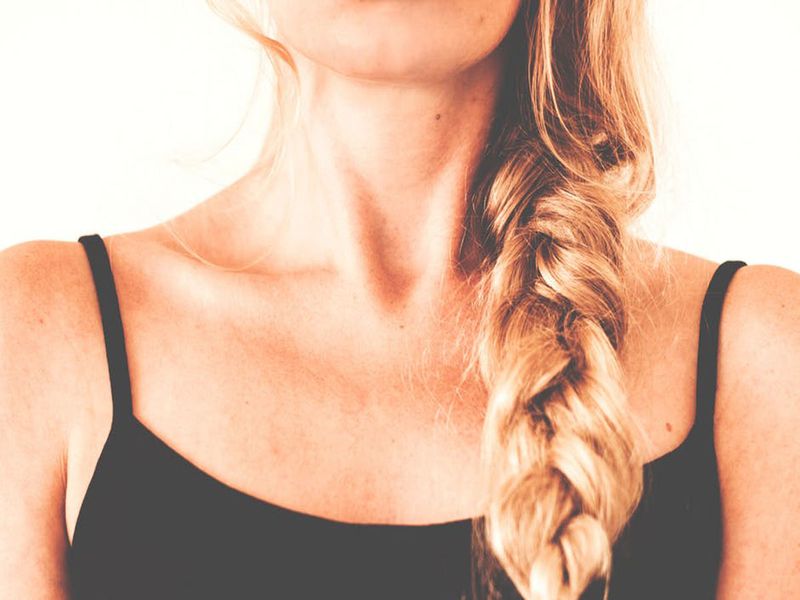
It feels like a dull ache or even a burning sensation. Often, pain starts after you've used the joint a lot, for example, if you've been gardening or if you just walked up a flight of stairs. Some people feel soreness first thing in the morning.
People who have it live with joint pain, swelling, and damage to weight-bearing joints (hips, knees, ankles, feet). They have mobility issues which affect their ability to work and perform common daily tasks such as walking, kneeling, climbing stairs, bending over and more.
It can also make self-care challenging. For example, simple tasks like brushing your hair can cause great pain. Other grooming tasks which require manual dexterity can be a daily struggle. Wrist, hand, elbow, shoulder, and neck pain or stiffness can limit the range of motion needed for good grooming. Dressing is another task which patients find difficult and look for ways to adapt. Velcro and elastic may replace shoelaces and buttons.
Other daily tasks which could be affected include the ability to move your hands and grip objects such as cups, pens, door knobs and more. Picking up a fork or spoon and lifting food to your mouth may be more difficult as well.
For children battling juvenile arthritis, the disease could cause difficulty with daily living activities such as walking, dressing, and playing. It can also cause fatigue and a loss of appetite.
Joint pain, stiffness, and swelling are the most common symptoms of arthritis. Your range of motion may also decrease, and you may experience redness of the skin around the joint. Many people with arthritis often notice their symptoms are worse in the morning.
If you have a form of arthritis called Rheumatoid Arthritis or RA, you may feel tired or experience a loss of appetite due to the inflammation the immune system’s activity causes. You may also become anemic — meaning your red blood cell count decreases — or have a slight fever. Severe RA can cause joint deformity if left untreated.
In children, apart from the above symptoms, they may suddenly be unable to perform recently learned motor skills, may develop a spiking fever that often increases in the evenings and then suddenly drops to normal and experience a salmon-coloured skin rash that accompanies the fever spikes and disappears quickly afterwards.
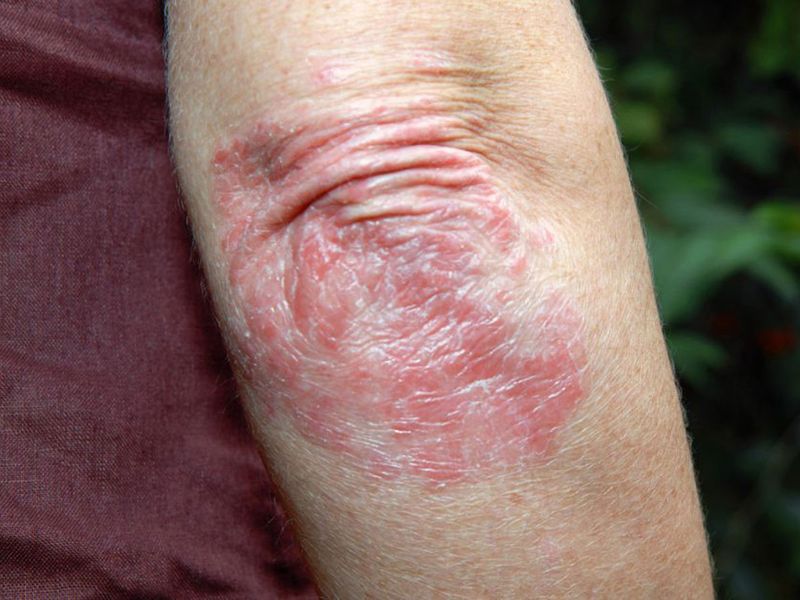
What causes arthritis?
It is hard to pinpoint an exact cause for arthritis. While there is no single factor that can held responsible, there are several other factors which can impact the likelihood of arthritis developing. Some of these factors are as follows:
Age-related wear and tear
People are more likely to develop arthritis as they grow older, on account of normal wear and tear of joints and cartilage.
Family History
If arthritis runs in the family, you may have a higher chance of developing it.
Gender
Women are more likely to be affected than men. For this reason, 60% of all people with the condition are female.
Occupation
Strenuous occupations or daily routines which may require excessive knee bending or squatting, could increase the chances of arthritis.
Injury
A joint injury could increase chances of arthritis later in life in the same joint.
Body type
People who are overweight or obese are more likely to develop arthritis. In addition, not only does excess weight impact the onset of the condition, it can exacerbate the condition and related pain.
How can you treat it?
Like Dr. Badsha said, it may not have a permanent cure, but there are ways to ease it.
Diet

The right diet can help heal inflammation, control weight and ultimately assist in fighting the disease. Foods that will help include:
• Olive oil
• Fish that are high in omega-3 such as salmon, tuna, mackerel
• Fruits and vegetables, especially red and purple fruits such as cherries, strawberries, blueberries
• Vitamin K-rich veggies like broccoli, spinach, lettuce, kale
• Vitamin C-rich citrus fruits
• Nuts such as walnuts, pine nuts, pistachios and almonds
• Beans, such pinto, black, red kidney and garbanzo
Exercise
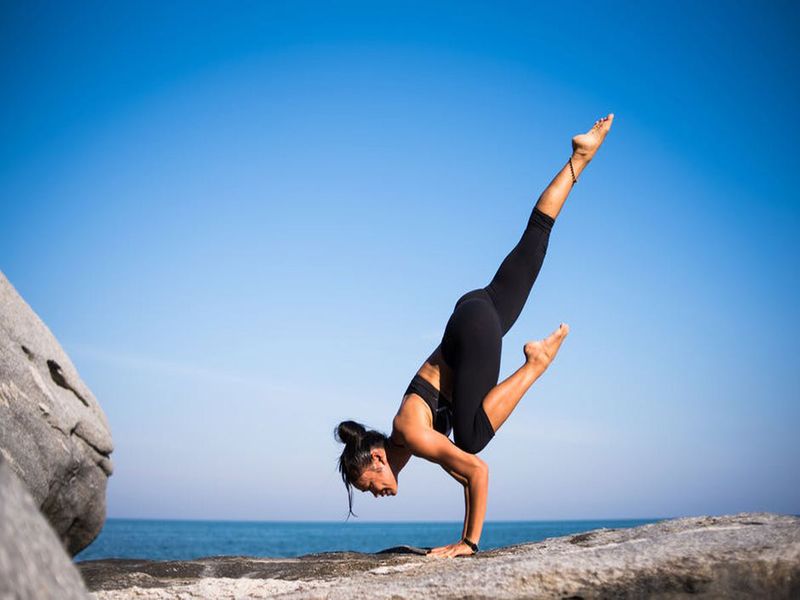
Moving your body is crucial for people with arthritis. It increases the flow of synovial fluid to joints, thereby reducing pain and stiffness. It helps with weight control, which is critical because every pound of extra weight puts four pounds of additional pressure on the knees. It increases strength and flexibility and helps combat fatigue. Finally, exercise also promotes the release of endorphins, a feel-good hormone, in our bodies. This in turn promotes mental well-being, which is as essential as physical well-being, especially for patients with arthritis. If you have pain from arthritis, low-impact exercises such as walking, swimming, yoga and Pilates are the best. Similarly, strength training support and protect joints, and eases pain, stiffness, and possibly swelling.
Medical Treatment
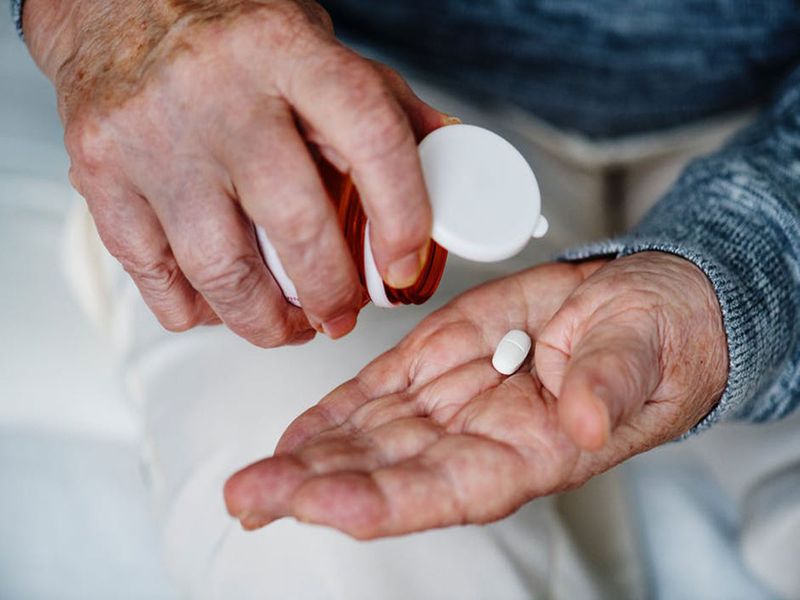
While this may seem obvious, it is especially important in the case of young kids with arthritis, because children can suffer irreversible bone and joint damage and deformity. In the short run, medicines alleviate inflammation and relieve pain, and in the long-run, they prevent disease progression and destruction of joints, bones, cartilage and soft tissues such as muscles, tendons and joint capsules.
Patients must seek specialist advice as quickly as possible and take their medicines in a disciplined manner. Newer forms of treatments today available in the UAE are the use of ultrasound technology at the patient’s bedside, as well as platelet-rich plasma or PRP treatment. Ultrasound technology is useful in early diagnosis of as well as follow up treatments. This technology allows doctors a view inside the joint as well as check whether there is any residual inflammation after treatment. This technology makes treatment more scientific, resulting in more positive outcomes. PRP involves injecting the patient’s own plasma into their joints. Plasma in blood that contains special proteins that help blood to clot as well as proteins for cell growth and healing. PRP is produced by isolating plasma from blood and concentrating it. In clinical trials, PRP treatment has been shown to be superior to steroid injections in the joints.
The Middle East Arthritis Foundation (MEAF) is hosting their annual, free of charge, public Walk For Arthritis event at Dubai Creek Park.
Arthritis is a debilitating condition, and this event is to raise awareness for everyone and provide access to resources, information, awareness and treatments.
With arthritis affecting millions of people worldwide and 1 in 5 people in the UAE, it is important to take preventive measures. Numbers from the Gulf region suggest that the prevalence is 20% of the population.
Event: Arthritis Awareness Walkathon “Walk for Arthritis” 2019
Date: Friday, February 22
Place: Dubai Creek Gate no 2, Umm Hurair
Time: 8 am onwards
Format: free of charge, community event












